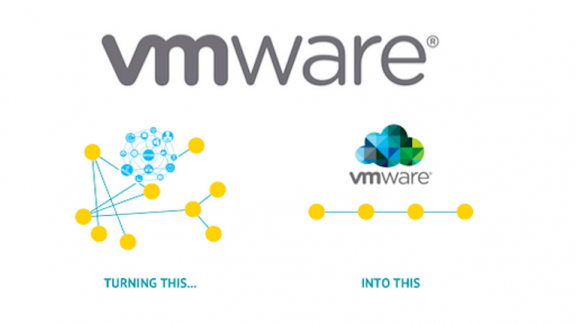AUTHOR: Eric Ledyard
IT is caught in the middle of two opposing forces at all times—balancing the demands of the business with the challenges of IT. To be successful, the IT organization needs to change the way it creates, deploys and runs the services it provides the company.
I find when working with most of my customers that there is a dichotomy between the goals of the business leadership teams and the goals of IT. For the CIO to be successful, she needs to solve for the challenges facing her organization while enabling the business to achieve its goals—in a full strategic partnership—through the delivery of products and services as an IT service provider.
 The first step for the CIO is to build an agile IT infrastructure that streamlines the development and deployment process of new and existing IT products, which speeds time to market of new services, which then enables the business to attract and retain new customers thereby increasing enterprise growth. This also allows the company to either retain its industry leadership or gain market share by outpacing its competition.
The first step for the CIO is to build an agile IT infrastructure that streamlines the development and deployment process of new and existing IT products, which speeds time to market of new services, which then enables the business to attract and retain new customers thereby increasing enterprise growth. This also allows the company to either retain its industry leadership or gain market share by outpacing its competition.
I continuously reinforce with my customers that IT should be viewed not as a cost center as it traditionally has been, but rather as the vehicle for driving additional top-line revenue within the company. The compelling benefits of modernizing the application development lifecycle, as an example, and the profound impact that can have on the business is detailed in this recent VMware Accelerate white paper.
The next challenge the CIO faces is how to reduce the operating costs to provide services to the business without impacting the flexibility and agility that allows her IT organization to drive down the time to provision and deploy services. This has always been a daunting question for the CIO—how do you continue to provide the highest levels of service to your users and respond quickly to business needs without overcompensating through inefficient staffing and/or underutilized infrastructure?
The Journey to IT Service Provider Excellence
In working with many large organizations, most recently one of the largest global financial institutions, I have determined that there is a solution to achieving the goals of the business while dramatically reducing costs. The IT organization’s journey is made up of three core pillars: operational (which includes organizational), financial (ITBM and ITFM), and the infrastructure and technology stack. Only by optimizing all three core pillars will the CIO meet the goals of both the IT organization and the business.
 By optimizing operational and organizational aspects, the CIO can fix many of the problems of traditional IT environments. Time to market is reduced from weeks to hours by automating processes and procedures. The number of people it takes to get services built and provisioned into the environment is further reduced by leveraging integrated development and deployment tools. The IT organization is streamlined by eliminating silos of disparate teams working on isolated projects—bringing them together as one team, with a common set of goals and focus.
By optimizing operational and organizational aspects, the CIO can fix many of the problems of traditional IT environments. Time to market is reduced from weeks to hours by automating processes and procedures. The number of people it takes to get services built and provisioned into the environment is further reduced by leveraging integrated development and deployment tools. The IT organization is streamlined by eliminating silos of disparate teams working on isolated projects—bringing them together as one team, with a common set of goals and focus.
Implementing an integrated IT financial management and IT business management suite provides visibility into actual costs to provide services to customers, and, can optimize the environment in real time—making decisions that keep costs low by choosing the most effective way to provide services. In the same way that a stock broker makes decisions based on a toolset that tracks real-time markets, the CIO gains the power to become an IT service broker—making decisions based on real-time financials coming out of the environment.
Finally, an elastic, agile infrastructure stack can introduce new, increased levels of agility and response time to provision and deploy new services. The CIO can keep costs low by moving away from complex siloed infrastructure pools toward software-defined resource pools on common infrastructure. Then, by leveraging IaaS capabilities such as full automation and self-service provisioning, time to market is reduced and solid application platforms are provided quickly and reliably.
Ultimately, the ability for the CIO to provide the business with the services it needs has never been easier to achieve. Technology advancements and toolsets allow today’s CIO to become a valued business partner, driving top-line revenue and increasing earnings per share to company shareholders.
Coming soon…how to become the best service provider in the industry to the business.
=====
Eric Ledyard is a business solutions architect for VMware Accelerate Advisory Services. Follow him on Twitter @ericledyard
VMware Accelerate Advisory Services can help you define your IT strategy through balanced transformation plans across people, process and technology. Visit our Web site to learn more about our offerings, or reach out to us today at: [email protected] for more information.
Would you like to continue this conversation with your C-level executive peers? Join our exclusive CxO Corner Facebook page for access to hundreds of verified CxOs sharing ideas around IT Transformation right now by going to CxO Corner and clicking “ask to join group.”




